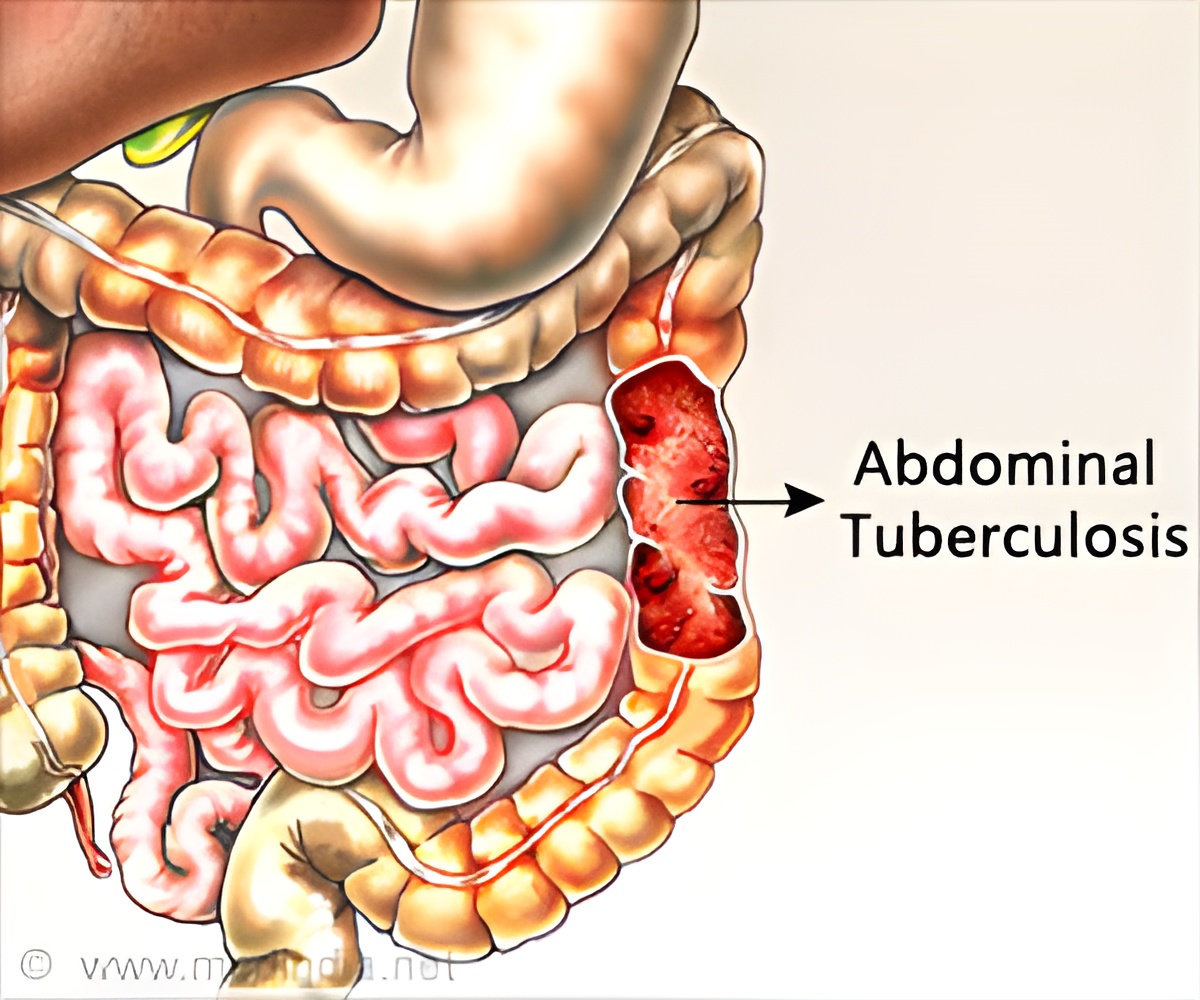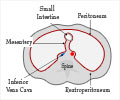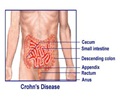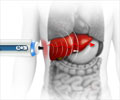Intestinal fibrosis and stiffening are critical components of inflammatory bowel disease (IBD) pathogenesis, says study.

TOP INSIGHT
Increased expression of stem cell marker OLFM4 may have implications for the development of colitis-associated colorectal cancer.
This was addressed by developing a new in vitro platform, which allowed intestinal organoids to be cultured on an open lumen, planar system that could be manipulated experimentally.
Inflammatory Bowel Disease: New Findings
The platform permitted the use of soft yet “tunable” substrates with biophysical properties mimicking native tissue, facilitating the long-term growth and differentiation of intestinal stem cells, similar to native epithelium.Saiedi and colleagues discovered that upon elevating substrate stiffness to a similar range observed in IBD patients, both the number and capacity of stem cells to maintain homeostasis and cellular composition of the epithelium were potently reduced.
Concomitantly, the stem cells preferentially differentiated into goblet cells, leading to epithelial deterioration. Similar phenotypes were also noted in mouse models of IBD as well as in samples from human patients.
The investigators concluded that interfering with the molecular machinery involved in the cellular sensing of stiffness conferred protection against the detrimental effects of fibrosis and stiffening.
Source-Eurekalert
 MEDINDIA
MEDINDIA




 Email
Email









